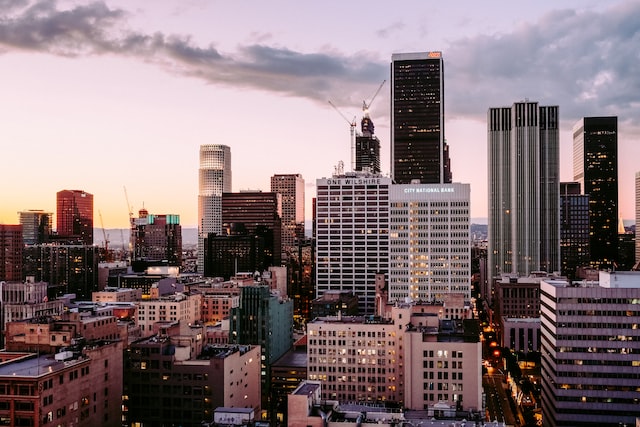In the immediate aftermath of the global health crisis in March of 2020, many aspects of our daily lives we once took for granted were forever changed. Chief among these changes were the architectural ones being quickly called upon to provide solutions to the emergency at home and in many places in the community. Reshaping hospitals, designing testing sites, quarantine centres, restructuring restaurants for delivery and planning effective and innovative ways to rethink grocery stores were needed immediately.
The resulting headwinds from health and safety regulations from the global pandemic will forever alter the grand visions of the way we think of design and how it plays a very essential role in our lifestyles, the way we work, travel and with our overall well being.
Since the first few months of 2020, our world has become like a snow globe; entirely shaken up and providing a clean slate as to how we want to define what normal will be – and how we’ve really only experienced the beginning of what will set off a new revolution in design.
“This is an opportunity to rethink everything, [including] how we build cities and communities to be even more resilient, healthy, beautiful, green and creative.” – Forbes
Architecture is for people
While there is a digital explosion with architectural love being splashed all over social media, some of these aesthetically pleasing designs are fun to scroll and are built more for the eye, but aren’t created for the heart and function.
Home and structural design that responds to the needs of the people is the forward-thinking way to move. Human needs have evolved through this health crisis – and will continue to dramatically shift – where new home design has to be done in a way that it supports people and their new needs. It will need to bridge the gaps between new and old design methodologies, in a way that fuses together function with modern accessibility.
Design that prioritizes our quality of life
This year has opened up a beautiful new chapter in how we view and celebrate our essential workers. It has highlighted how much we have to be grateful for, the connection we have with each other and how our relationship to nature is truly a blessing when travel is taken away from us. The architectural world can learn from all of this and call upon the twin powerhouses of innovation and imagination to enhance the quality of our lives. There are many environmental challenges to push towards a world that is in harmony with nature, but it’s an exciting one to face to greatly encourage more people to get outside.
Cities can start designing more public spaces to encourage people to live healthier lives by inviting them to use different public elements. Public and green spaces will increase physical activity, but they also improve social relations and mental health that gives people the freedom to be outside and not confined. Designing buildings that are carbon neutral to reduce energy consumption while providing people with more space to live will be one of the new forces underscored by this pandemic.
Healthy, happy and high-functioning homes
The health and economic crisis has put the home front and centre and exposed areas that were passable to overlook before, but now have highlighted the need to rethink the overall design. It only took a few months to trigger a massive rethink on how we want to approach the home nest, but architectural creativity can thrive here by allowing for this space to breathe and be a place of comfort.
Spending so long in one place might require an environment that can change more freely so that we don’t get bored. A lack of privacy or the chance to move to a different room is harder to bear when bars, cafés, and stores can’t offer an escape. Homes have to moonlight as classrooms, offices, gyms, restaurants and play-places, and naturally had a hard time adjusting to all these roles being thrown at them at once.
City architecture will forever be changed
Good public spaces and public life have the ability to connect people with each other. 2020 has effectively drawn a line in the sand on how we want to envision a fresh outlook going forward on how we want to maintain social connections in this new world. It poses the question about how we can implement a vision to bring people together. How to enable folks to feel connected to the outdoors in a way that naturally allows them to interact with the city.
Especially in a dense urban landscape, the idea of having to go outside the city limits for green space and Zen-like surroundings should be an idea that is on the other side of this pandemic. There are so many ways to celebrate local artistry, to cherish the community history while also making it functional and safe to urge more people to be outside.
We have a social and environmental responsibility towards improving sustainability of new public recreational spaces and reducing energy consumption throughout a city’s arteries; meaning more recreational space, and less human and car congestion. This is a very exciting time for authoring a new chapter in how we want to live and coexist – and one the entire design and architectural community will most certainly embrace.

 Photo Credit: Unsplash
Photo Credit: Unsplash